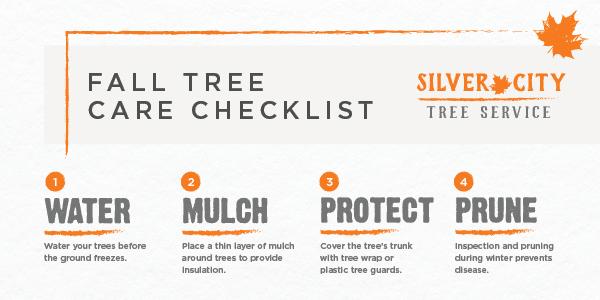Watch For Vital Signs That Recommend Your Tree Could Posture A Risk; Knowing These Can Safeguard Your Home And Family.What Should You Keep An Eye On Following?
Watch For Vital Signs That Recommend Your Tree Could Posture A Risk; Knowing These Can Safeguard Your Home And Family.What Should You Keep An Eye On Following?
Blog Article
Personnel Author-Harper Hubbard
When it comes to tree care, acknowledging the indicators that it's time for elimination is crucial for your safety and property. You may observe tarnished leaves, wilting branches, or odd fungal growths showing health problems. Structural issues, like a considerable lean or fractures in the trunk, can likewise position risks. Understanding these warning signs can aid you make notified decisions about your trees and avoid possible risks lurking in your yard. What should you look for next?
Signs of Decay and Condition
When you see signs of degeneration and illness in your trees, it's crucial to act rapidly. Look for discolored leaves, wilting branches, or unusual growths like fungus. These can suggest that your tree is struggling.
If you see splits in the bark or soft, mushy timber, these symptoms recommend internal degeneration. Additionally, Does Insurance Cover Tree Removal in bugs around your tree can indicate that it's deteriorated and at risk.
Look for any dead or dying arm or legs, as they pose a danger to your home and safety and security. If Magnolia Tree Pruning concerning what you see, getting in touch with an arborist can supply quality.
Addressing these indicators early can save you from a lot more considerable damages and guarantee the health of your lawn. Do not wait up until it's too late.
Structural Instability and Leaning
As you observe your trees, watch out for any signs of architectural instability or leaning. If a tree leans substantially, it may suggest that the root system is endangered.
Seek any type of cracks in the trunk or soil around the base; these can signal possible failure. In addition, look for uncommon growth patterns, like a lopsided crown, which might suggest that the tree is struggling to hold itself upright.
If you notice that the tree leans toward your home, power lines, or various other structures, it postures a greater threat. Don't neglect these indicators-- speak with an arborist to evaluate the circumstance.
Acting early can prevent pricey damages and ensure your safety and security.
Dead or Dying Branches and Foliage
If you observe dead or passing away branches and vegetation on your tree, it's a clear sign that something's incorrect.
These unhealthy areas can indicate underlying concerns like disease, insect invasions, or ecological stress. When branches lose their fallen leaves or transform brown, they're no longer adding to the tree's health. Disregarding these indicators can result in further decline, making your tree more hazardous.
Dead branches can easily break off during tornados, presenting a risk to residential or commercial property and individuals nearby. It's crucial to assess the extent of the damage.
If the problem impacts a considerable part of the tree, take into consideration getting in touch with an expert. They can aid figure out if removal is required to make sure safety and security and keep the charm of your landscape.
Verdict
If you notice any type of indicators of degeneration, architectural instability, or dead branches on your trees, don't overlook them. These signs can position major security risks to you and your home. It's constantly best to consult a specialist arborist that can offer a specialist assessment of your trees. Acting early can prevent mishaps and expensive damage, ensuring your landscape continues to be secure and healthy and balanced. Keep in mind, it's far better to be positive about tree care than to wait for a catastrophe to occur.
